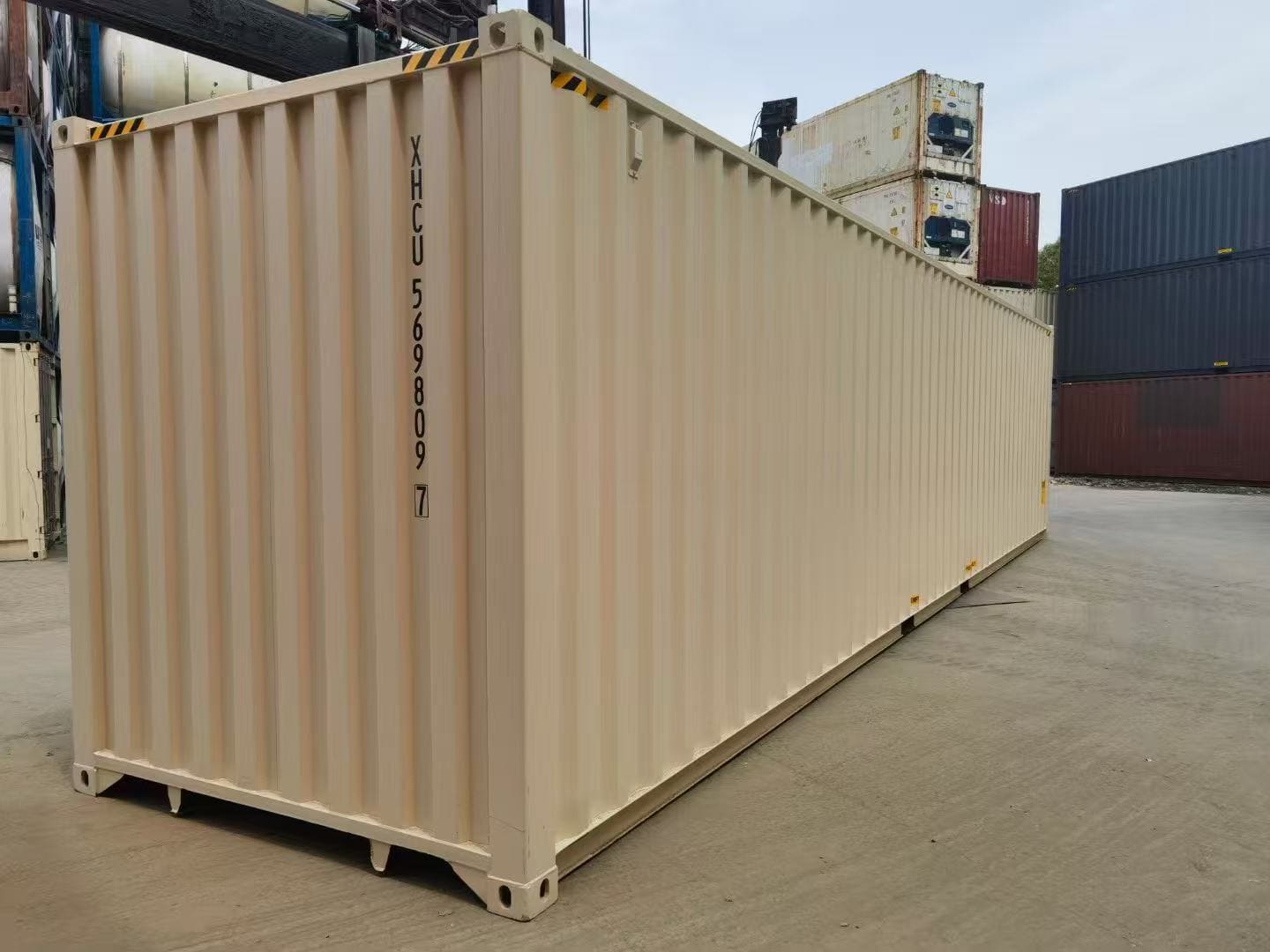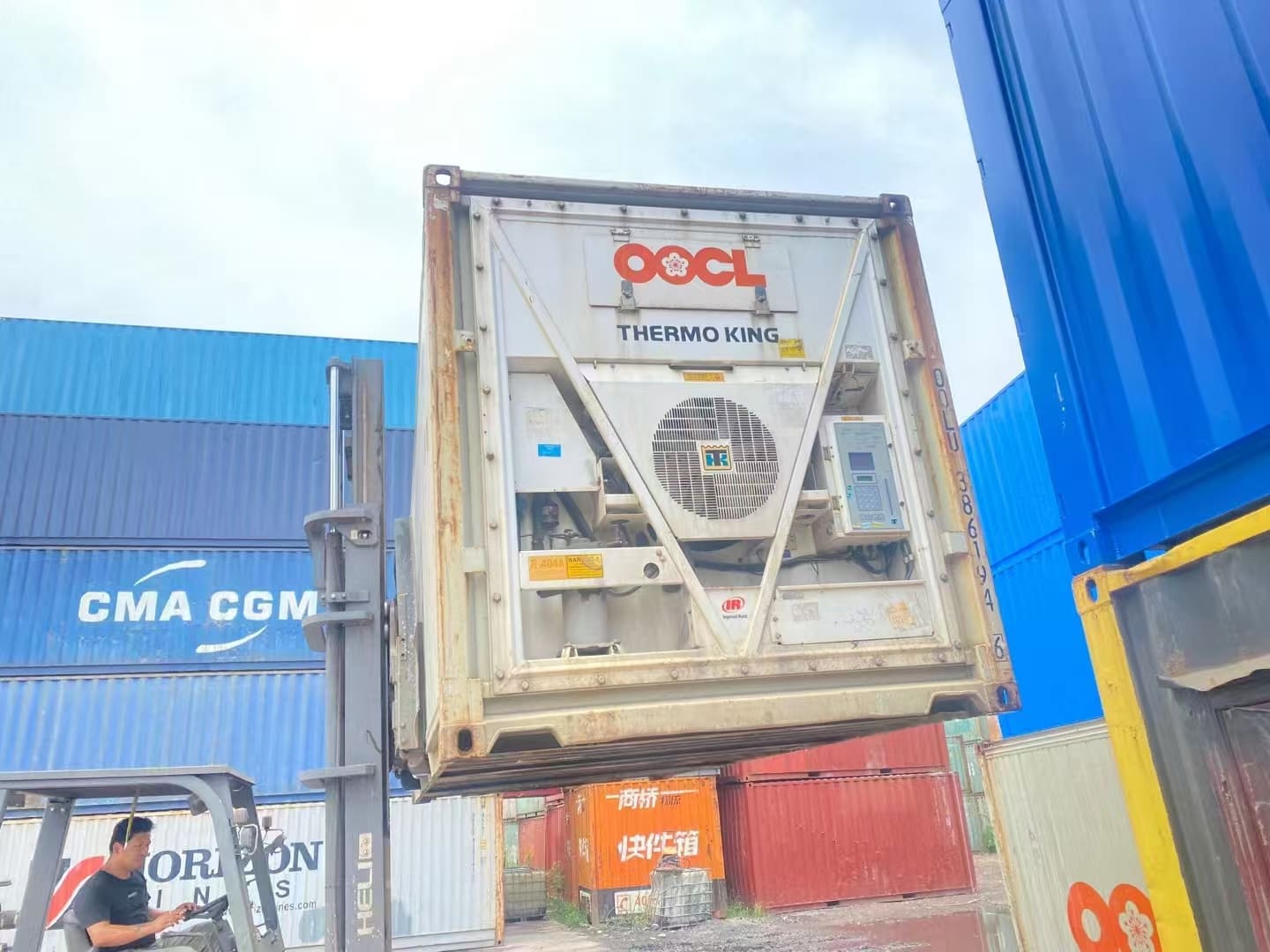Are there refrigerated shipping containers?
If fresh produce can travel across oceans for weeks, what keeps it fresh?
Yes, refrigerated shipping containers, also called reefer containers, maintain controlled temperatures for transporting perishable goods over long distances.
When I first started working in the cold chain logistics industry, I thought refrigerated shipping containers were just standard containers with a built-in air conditioner. The truth is far more complex. Reefers are specialized units with insulated walls, integrated refrigeration systems, and advanced temperature control. They can keep internal temperatures between +30°C and -30°C, depending on the cargo. These containers are used worldwide to transport everything from fruit and seafood to pharmaceuticals and chemicals. Without them, much of global trade in perishable goods would be impossible.
How much is a 40 ft refrigerated container?
The size looks familiar, but the price tag might shock you.
A new 40 ft refrigerated container costs around $25,000 to $35,000, while used units range from about $8,000 to $18,000 depending on age and condition.
When clients ask me for a “ballpark” figure, I warn them not to compare reefers to standard dry containers. The insulation, refrigeration unit, and sensors raise the price several times higher. New 40 ft units are an investment starting in the mid-twenty-thousands. On the used market, prices are lower, but quality varies a lot. I had one client save $2,000 buying an older reefer, only to spend more than that in extra electricity costs in the first year due to poor energy efficiency. With reefers, the lowest purchase price can end up costing more over time.
Factors affecting price
| Factor | Impact on Price |
|---|---|
| New vs. used | Large difference in upfront cost |
| Brand of refrigeration unit | Premium brands cost more but last longer |
| Age of refrigeration system | Older units cheaper but less efficient |
| Condition of insulation | Damaged insulation reduces value |
What is a refrigerated shipping container called?
It’s a simple name in the industry, but it holds big importance.
A refrigerated shipping container is called a “reefer container” or simply a “reefer” in shipping and logistics industries.
The first time I heard the term "reefer" in a port setting, I thought it meant something else entirely. In logistics, “reefer” is shorthand for refrigerated container. These containers are available in standard lengths—20 ft and 40 ft—fitted with integrated refrigeration units. They’re powered either from the vessel’s electricity supply during shipping or by an external generator pack when on land. The term is universal among shipping companies, freight forwarders, and cold chain operators. Knowing this shorthand is crucial when speaking to suppliers or booking space on a vessel.
Common reefer container sizes
| Length | Typical Use | Capacity (approx.) |
|---|---|---|
| 20 ft | Smaller loads, easier road transport | 28 m³ |
| 40 ft | Larger commercial shipments | 67 m³ |
What is the cost of a reefer container?
Purchase price isn’t the whole story—there’s more to budget for.
The total cost of owning a reefer includes purchase price (new: $25k–$35k for 40 ft) plus significant operating and maintenance expenses.
I always tell clients that with reefers, the real investment continues after the purchase. Electricity is the biggest recurring cost. A fully loaded 40 ft reefer can consume 80–100 kWh of power per day. At average energy rates, this adds up fast. Maintenance is the second major expense—regular servicing of the refrigeration unit can cost $1,000–$1,500 annually. Neglecting maintenance risks catastrophic losses if the unit fails mid-shipment. For example, I’ve seen $60,000 worth of pharmaceutical cargo lost due to a breakdown in peak summer. High-quality brands like Carrier, Thermo King, or Daikin not only use less energy but also have better global support networks. They may cost 10–15% more upfront, but often save much more over a container’s lifespan.
Cost breakdown for a 40 ft reefer
| Expense Type | Typical Range | Notes |
|---|---|---|
| Purchase (new) | $25,000–$35,000 | High-quality brands at top range |
| Purchase (used) | $8,000–$18,000 | Age/condition vary |
| Energy cost | $9–$12/day (80–100 kWh) | Based on $0.12 per kWh |
| Annual maintenance | $1,000–$1,500 | Regular servicing needed |
Conclusion
Reefer containers are essential for temperature-sensitive cargo, but their high purchase price, energy use, and maintenance needs mean smart buying decisions save far more than just the initial cost.



